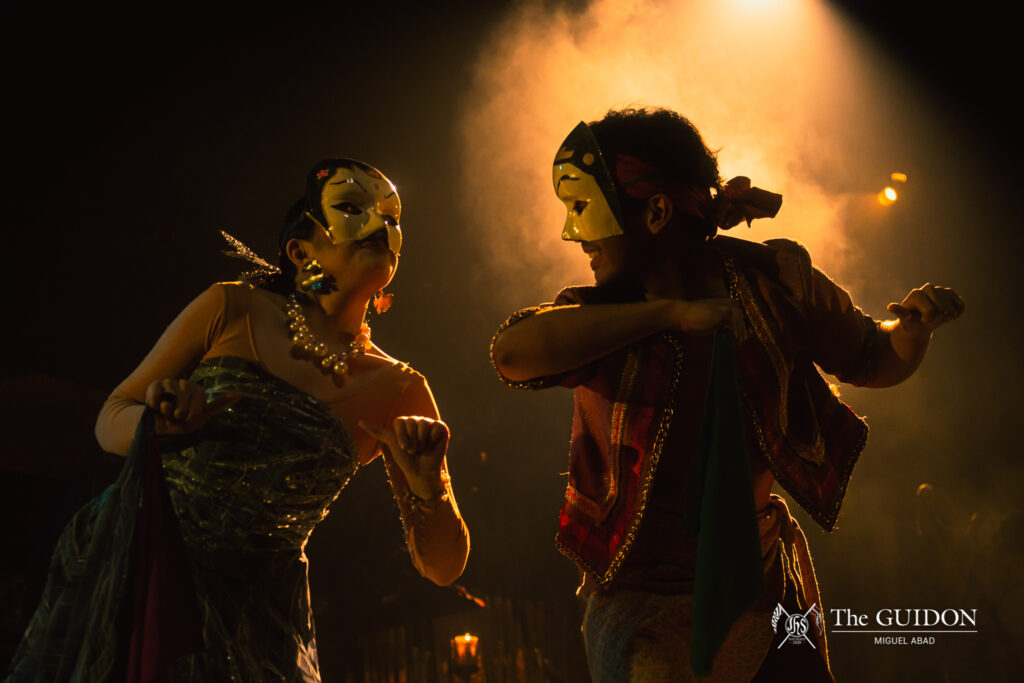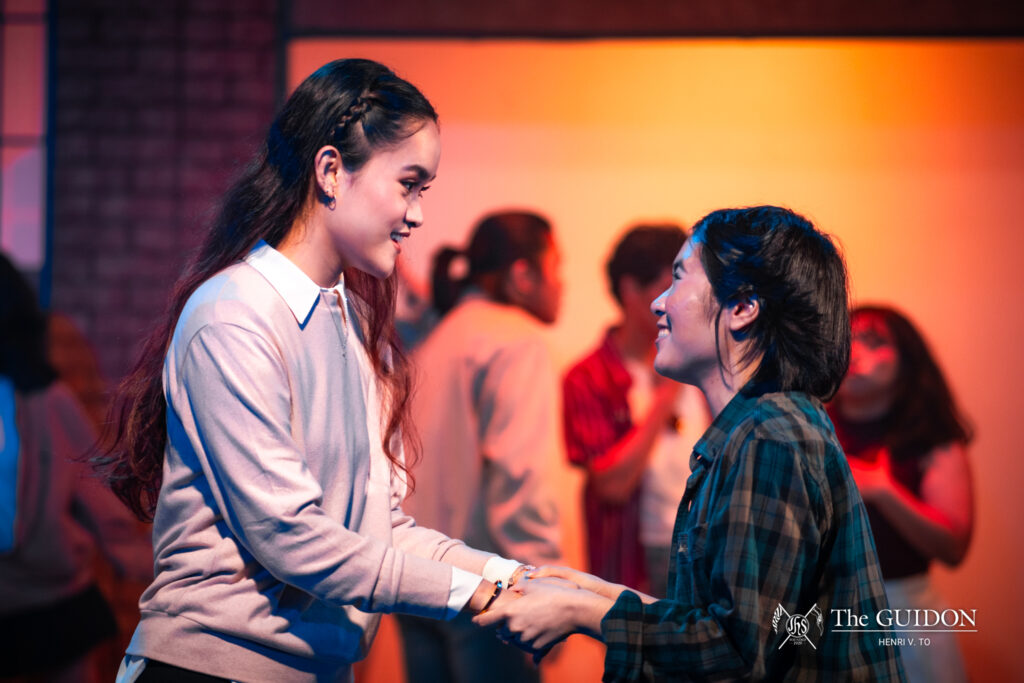THE PROLIFERATION of spaces and platforms for the exchange of literature cannot be overstated. Simultaneously, the question of representation arises across the dominance of Western and East Asian literature circulating within them.
In this listicle, Vantage presents six works of literature by Southeast Asian authors across varying genres. Though informed by specific cultures and circumstances, these are not just Southeast Asian stories. These are stories that only Southeast Asians can tell. In your journey through literature, we hope that you make room for these neighboring voices. Keep reading and find some stories to add to your lists!
Photo sourced from Goodreads
Contemporary Fiction: Bright by Duanwad Pimwana (Thailand)
In Bright—the first novel by a Thai woman translated into English—a five-year-old boy named Kampol is left alone by his parents in Mrs. Tongjan’s community. Boy (Kampol’s nickname) is then raised by the sincere and struggling community in an act of unspoken adoption. Pimwana interweaves the story with a sense of wonder and hope unique to a child learning the weight of what he has gained and lost in abandonment. As it progresses, Boy also acts as a syncretic prism for the unique people, culture, and beliefs around him. Bright is two-pronged: It is a memorable coming-of-age story and a stark exposition of working-class conditions in Thailand.
Short Story: Phallic Symbols by Alexis Abola (Philippines)
By definition, a “phallic symbol” is any object that resembles or represents a male sex organ. That said, Alexis Abola’s short but powerful story highlights the persistence of male dominance and destructiveness which are all easily identifiable in a high school setting.
As graduation approaches, Felise, Charisse, and Jenny trudge through senior year while facing the reality of exploitative men through friends, boyfriends, and family members. Sex, drugs, and violence are introduced not as taboo topics, but as day-to-day realities–ones that we may simply accept as ‘societal norms.’ Entertaining yet packed with punchy social commentary, Abola writes of male pride and entitlement through casual storytelling and a few hotdog jokes.
Photo sourced from Goodreads
Crime/Magical Realism: Man Tiger by Eka Kurniawan (Indonesia)
Within a quaint Indonesian village, a violent murder occurs and sets this story in motion. Man Tiger retraces the steps of the crime while maintaining folkloric, dreamy storytelling. To make sense of the killing, Kurniawan gracefully toys with the concept of time, transporting readers to two different periods with two different families. Beyond flashbacks and foreshadowing is a story that integrates dirty human reality into a dimension where majestic, supernatural beings thrive. A story of dysfunctional family relations, communities that suffer from violence, and a man being pushed to his breaking point, Man Tiger brings light to life’s ugliness in a beautiful, beautiful prose.
Photo sourced from Asia Art Archive in America
Nonfiction: Social Realism in the Philippines by Alice Guillermo (Philippines)
Today, social realist art is among the most significantly studied subjects in Philippine art history for its inextricable relationship to political turmoil. Although many people know the artists—such as Edgar Fernandez and Antipas Delotavo—writers and critics are just as important.
In Social Realism in the Philippines, Alice Guillermo asserts the responsiveness of art to contemporary socio-historical events. The book focuses on the country’s historical background, distinguishing between realism and social realism within Philippine contexts. In addition to gaining a deeper understanding of the ways artists articulated their acute sense of conflict, one also recognizes the distinct voices such as Guillermo’s that inscribe these acts into our collective memory.
Photo sourced from Penguin Random House
Historical Fiction: The Last Time I Saw Mother by Arlene J. Chai (Philippines)
The Filipino identity is a melting pot of many cultures, often leaving many Filipinos confused about their roots. Australian author Arlene J. Chai knows this well, taking into account personal experience in the meticulously written historical fiction, The Last Time I Saw Mother. In this story, Sydney-based Caridad finds herself in the middle of an identity crisis after her aunt summons her home to the Philippines. Her return unravels truths about her birth, family life, and culture–things she thought she knew well but must now relearn. In this novel that is both informative and intimate, Chai writes about the strife of war-torn Manila and places readers in the shoes of people who lived through it.
Photo sourced from Goodreads
Poetry: The Secret of Hoa Sen by Nguyễn Phan Quế Mai (Vietnam)
What does it feel like to know beauty and have it destroyed? The Secret of Hoa Sen is a collection of poetry that acknowledges this question yet refuses to accept its assumptions. Vietnam is still beautiful, just hurt and healing. Recognizing this, Nguyễn Phan Quế Mai writes with an observant and loving eye. The poems in The Secret of Hoa Sen appear simple, and reveal a lot precisely because of this choice. Rather than just being a collection of English translations, each poem is accompanied by its original Vietnamese version. Thus, while the reader is allowed access to these deeply personal and collective scenes, they are also reminded of their distance and the incompleteness of the words before them.
This list of recommendations is not a bandaid fix to the lack of representation and awareness on Southeast Asian literature, but a gentle reminder to remain attentive of whose voices you might just be overlooking. Southeast Asian literature is as powerful as any other nation’s. Pick out anything from this list and see it for yourself.






